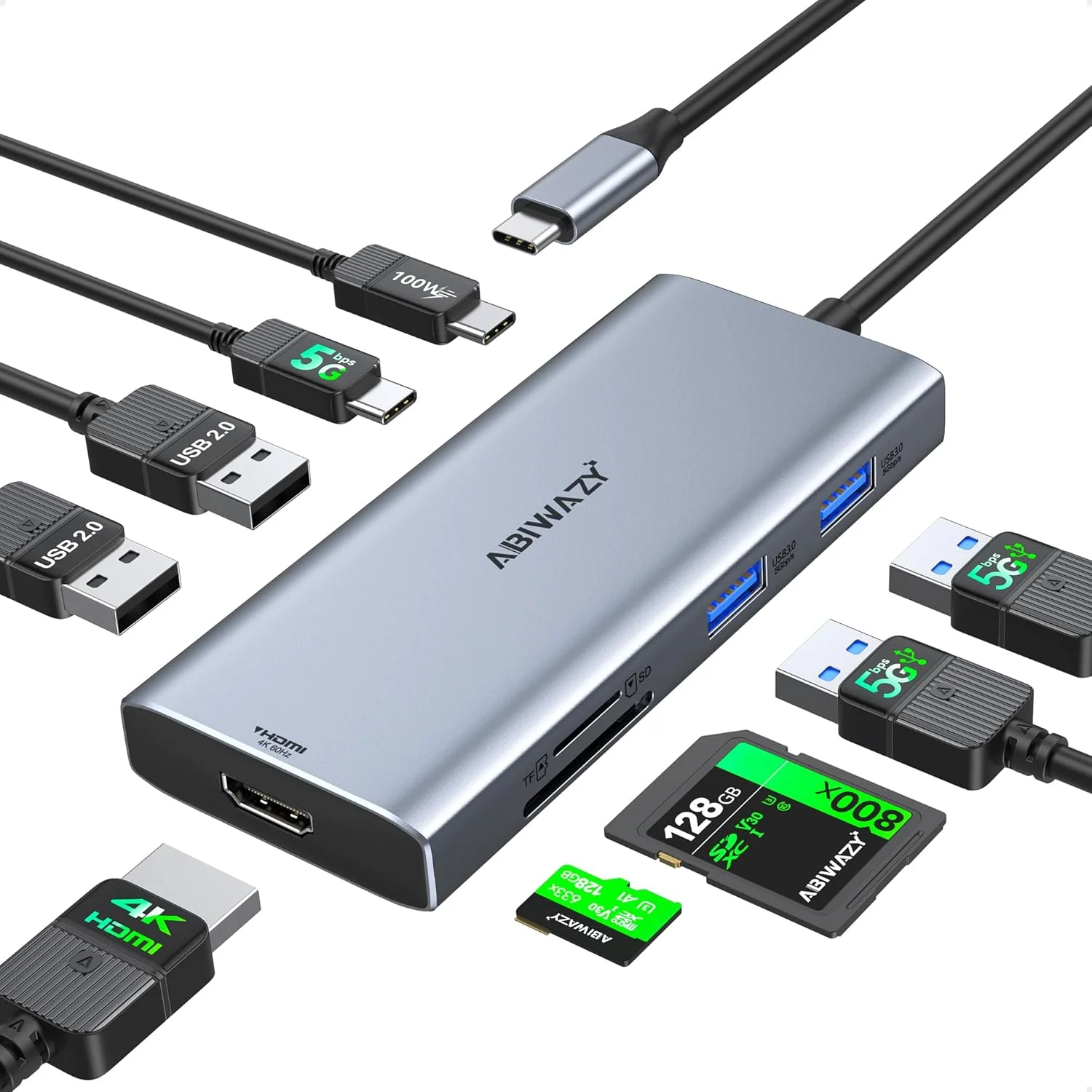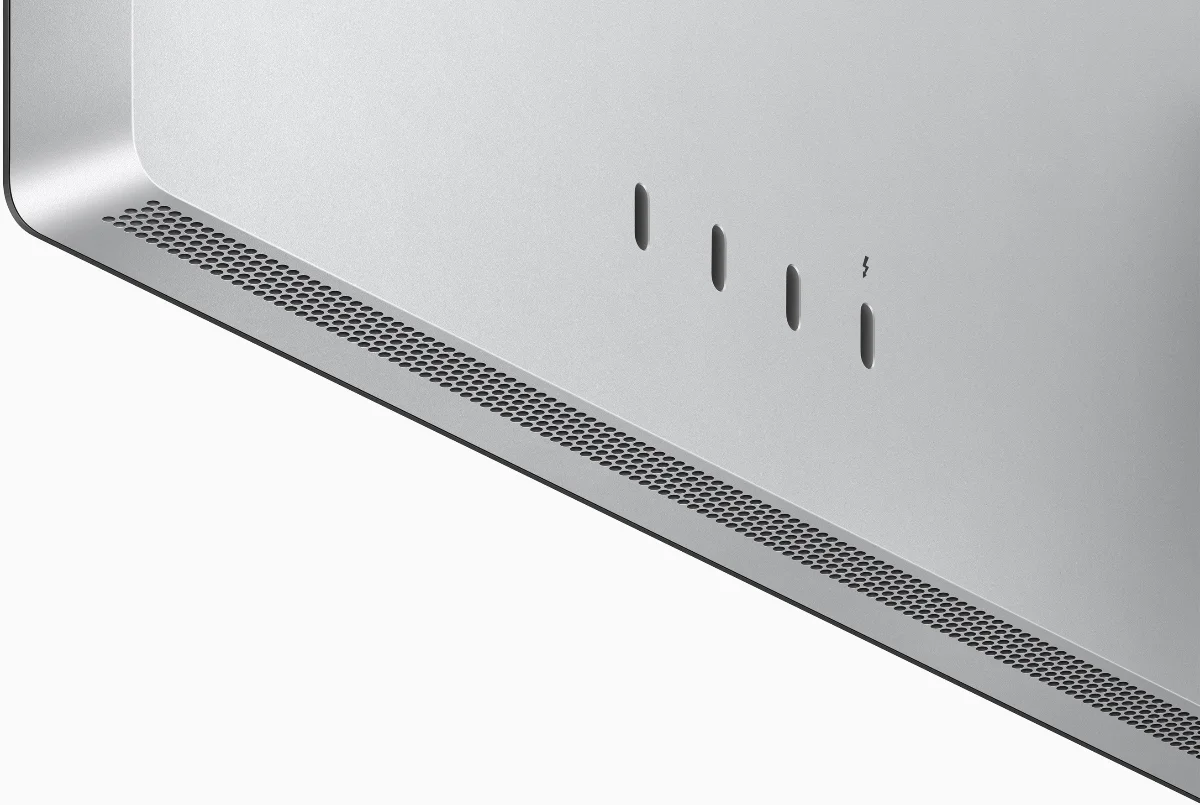Let’s talk about USB: the universal connector that was supposed to simplify our digital lives but instead turned into a tangled mess of confusion. Began as a noble quest to create a standardized way to connect a plethora of devices to our computers—think keyboards, mice, printers, and, yes, even speakers—USB has evolved into something that could easily win a “Most Confusing Technology” award.
How It Started…
Back in the day, connecting devices was a nightmare. Printers required parallel ports, mice had their own unique connectors, and heaven help you if you had an Apple product with Apple’s proprietary ports. Talk about a mess! Enter USB, the hero we didn’t know we needed, with a vision: one port to rule them all, at least for peripheral devices.
The first signatories of the USB spec were serious players: Compaq, DEC, IBM, Intel, Microsoft, NEC, and Nortel. Half of those companies have since vanished into the ether, while IBM and NEC seem to have forgotten they ever dabbled in personal computing. Isn’t evolution just grand?
Design Goals? More Like Design Nightmares…
The original design goals for USB were commendable. They wanted to connect multiple devices under a single standard, make life easier for users (oh, the hubris!), allow for port expansion through hubs, and, of course, reduce costs by standardizing manufacturing. Yet, here we are, staring at a sea of ports, types, and capabilities, wondering how on earth it all went so horribly wrong. Turns out, making something user-friendly doesn’t just happen.
They even split the protocol from the connector. This was meant to future-proof USB—upgrade the electrical spec without having to redesign the physical connector. But all it achieved was introducing confusion for the average user. I mean, who has time to distinguish between USB types and versions? Not to mention that a USB Type-C could very well be a USB 2.0 at a measly 480 MB/s, or it could be a supercharged USB 4 that delivers up to 40 GB/s. Good luck figuring that one out!
Enter the Hubs: Not Just for Spiders

Even early on, they envisioned a world where multiple devices would connect to a single computer—because, of course, no one ever needs just one peripheral. Printers, joysticks, keyboards, external storage, scanners, and displays all jostling for attention at that single port. Yet, the future they imagined quickly devolved into a quest for additional hubs to connect all your gadgets, which just adds more layers to the chaos.
How It’s Going…
Ah, the popularity of USB! When it first launched, the reception was so lukewarm that it could’ve melted ice. It wasn’t until USB 1.1 rolled out that it gained traction, but by then, the murky waters of standards and port types had begun to swirl, creating a vortex of confusion.
Let’s break it down. USB has both a physical aspect (represented by letters—Type A, Type B, Type C) and an electrical aspect (represented by numbers—USB 1, USB 2, USB 3.0, and so on). The issues arise when you can’t quickly distinguish between the two. Plugging an ancient USB 2.0 cable into a shiny new USB 4.0 port won’t magically give you high-speed transfer—it’ll be like trying to run a race with your shoelaces tied together.
Then, there’s the disarray of standards: Type A vs. Type B, and now the introduction of mini and micro variants for those pocket-sized devices called smartphones. Just when we thought it couldn’t get worse, along came USB-C to “save” the day. It promised to simplify everything: reversible connections! High transfer speeds! Compliance with other protocols like DisplayPort and HDMI!

Yet, here we are, still confused about what the heck we’re plugging in. Remember the 12" MacBook that came equipped with a single USB-C port running USB 3.1? A bold move indeed, or a signal of impending doom?
Conclusion
In the end, USB has morphed into a web of compatibility myths and cable confusion. It’s a testament to what happens when well-intentioned engineers throw convenience and standardization into the blender without considering the real-world implications. As we tumble down this rabbit hole of ever-advancing technology, I can’t help but shake my head at how something that was supposed to make our lives easier has turned into a cable chaos of epic proportions. Here’s to hoping that one day, someone can finally reign in this mess. Cheers to USB—the connector that keeps on perplexing!
External Links
- Reddit Chart about the USB standard - link
- USB 1.0 original spec - link 268 page of the first USB draft.
Plug
Support this free website by visiting my Amazon affiliate links. Any purchase you make will give me a cut without any extra cost to you
| Base | Pro | |
|---|---|---|
| iPhones | iPhone 16 / iPhone 16 Plus - (Amazon) | iPhone 17 Pro / iPhone 17 Pro Max - (Amazon) |
| iPhone Accessories | Find them at Amazon | |
| Watch | Apple Watch SE (Amazon) / Apple Watch Series 11 | Apple Watch Ultra 3 (Amazon) |
| AirPods | AirPods 4 (Amazon) | AirPods Pro 3 (Amazon) / AirPods Max (Amazon) |
| iPad | iPad 10 (Amazon) / iPad Mini (Amazon) | iPad Air M3 (Amazon) / iPad Pro M5 (Amazon) |
| Laptops | MacBook Air M3 (Amazon) | MacBook Pro M5 (Amazon) / MacBook Pro M4 Pro/ M4 Max (Amazon) |
| Desktop | Mac Mini M4 / M4 Pro (Amazon) / iMac M4 (Amazon) | Mac Studio / Mac Pro |
| Displays | Studio Display (Amazon) | Pro Display XDR (Amazon) |
Other Ecosystem Items
